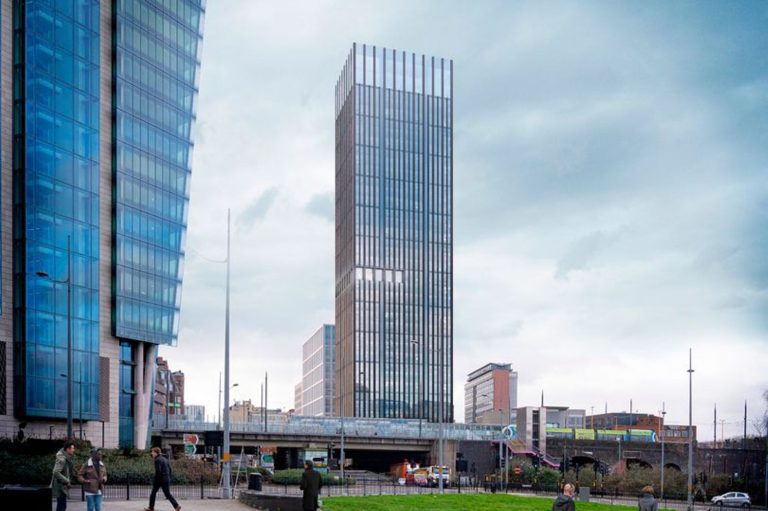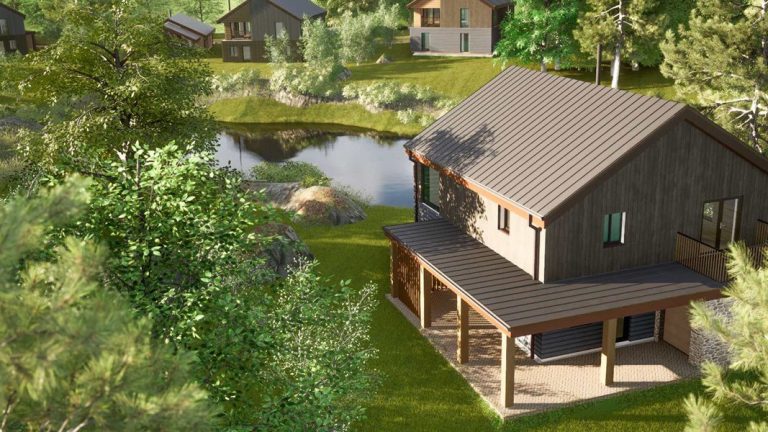Seven of the UK’s most cutting-edge innovators in Smart, Zero Carbon Building Solutions have been selected for a rigorous business acceleration programme at Energy Systems Catapult. For its fourth ‘Innovator Challenge’, the Catapult is collaborating with Places for People, to help SMEs unlock new routes-to-market, secure investment and breakdown barriers to growth. The seven innovators that will get access to advanced energy system expertise from the Catapult plus specialist business support from a wider network of around 40 consultants, include: Amp X Atamate Clean Energy Prospector Pumped Heat Sero Studio Victoria Wondrwall The Zero Carbon Housing Solutions, Smart Buildings and Estates challenge called for innovators working in one or more of the following areas: Integrating innovative low carbon generation or infrastructure technologies into the building or estate fabric Zero carbon domestic heating solutions Leveraging data from end users, infrastructure and networks to create new services and business models that accelerate the transition to net zero Enabling active, interoperable control systems that delivers more efficient and flexible operation of the whole building & estate energy system Delivering better living environments. Paul Jordan, Business Lead for Innovator Support and International at Energy Systems Catapult, said: “Congratulations to the SMEs joining our 4th cohort for the ISP. Yet again we had our work cut out to select participants from the high number of quality applications. “To achieve Net Zero, we will need to fully decarbonise our ‘Buildings & Estates’ and the seven companies that we’ll now be working with, all have the potential to make a sizeable contribution. “I’m delighted to see such a range of solutions from digital platforms and building control, heat solutions and microgrids, to new business propositions like heat- as-a-service and digital twins. Our team is excited to be working with these promising innovators and helping them to accelerate towards full commercialisation.” Julie Alexander, Director of Technology and Innovation at Places for People, said: “The route to zero carbon is complicated, and with the huge variation in property types across the UK, the solutions will be varied, and in some cases, complex. “So much more needs to be done to understand how we can meet this challenge and how we can scale solutions that will be reliable and affordable. “Working with Energy Systems Catapult has allowed Places for People to gain access to SME’s that bring new and innovative approaches to this challenge, and to understand how we can work across the sector to deliver our own environmentally sustainable objectives. A Catapult panel robustly evaluated applications from across the UK. The seven companies chosen were: 1. Amp X Amp X is developing a transactive‐ready digital energy platform underpinned by autonomy, machine-learning, advanced data analytics and control systems ‐ aiming to provide flexibility services that can deliver cost and carbon savings for consumers, and to unlock new business models and revenue opportunities for different stakeholders across the system. Dr Irene Di Martino, Head of Amp X, said: “Amp X is addressing the challenges of the energy transition as our vision of the future moves smart energy from automated to autonomous, turning the edge of the grid into the locus of provision of grid flexibility, stability and resilience. “Consumer engagement is a key barrier to demand‐response as a scalable non‐wire‐alternative. The Amp X digital energy assistant will cater simultaneously for consumer preferences and grid needs, delivering demand‐side‐management at a very large scale through the use of artificial intelligence and machine learning. Our solution will allow for optimal energy management and dynamic load shaping behind‐the-meter in residential and commercial/industrial premises, enabling cost and carbon savings, though with no adverse impact on the needs and lifestyle of the end users. “Part of what we are wanting to validate with Energy Systems Catapult is what features of our solution work best for different user‐types and properties (ecosystems). “Our ultimate goal is to deliver an inclusive, future‐proof, fully transactive grid, where virtualised local energy markets exemplify the full democratisation and decentralisation of the grid, with peer‐to‐peer trading through the active participation of every producer and consumer across the grid.” 2. Atamate Atamate has developed a smart building platform that focuses on precise automated control and continuous monitoring of the internal environment to reduce energy consumption, simplify building management and optimise maintenance – while increasing occupant comfort and security. Joe Miles, Managing Director at Atamate said: “Atamate offers value across a wide range of building types. This spans energy savings, security and building management, through to improving maintenance and the indoor environment. “We have produced a monitoring and control system that is: holistic with a common data platform to share information and control services; simple to install, live with and maintain; affordable with a quantifiable payback; and retrofittable. “We think Energy Systems Catapult can not only provide the independent verification and credibility that we want, but help us better understand which markets value which parts of our offering.” 3. Clean Energy Prospector Clean Energy Prospector (Cepro) design, build and operate ‘community microgrids’ for new build residential housing developments, allowing third-party providers to finance the cost of installing low carbon infrastructure, rather than the housing developer. Cepro’s innovative business model means the cost of technologies needed to create zero carbon homes – such as solar PV, heat pumps, battery storage and digital control systems – are financed via a community Energy Services Company, mitigating costs for developer and helping to maximise the market attractiveness for zero carbon homes for individual house-buyers. Damon Rand, Head of Product at Cepro, said: “The UK builds 130,000 homes a year and only a fraction have solar PV, never mind heat pumps. By 2025 new build homes cannot install gas boilers but home builders have not yet worked out how to finance low carbon heating systems. “What we do is form community microgrids to enable external investment to come in and fund low carbon infrastructure, taking the risk and the cost off the balance sheet of the housing developer. “We’re hoping Energy Systems Catapult can review our value proposition and business plan in preparation to take on investment and scale the business.”









